Introduction to Wild Morel Mushrooms
Wild morel mushrooms (Morchella species) stand as one of nature's most distinctive and sought-after culinary treasures. With their honeycomb-textured caps, earthy flavor profile, and elusive growing habits, these springtime delicacies have captivated foragers, chefs, and food enthusiasts for generations. Their mysterious nature and short seasonal availability only enhance their allure, making the annual hunt for wild morel mushrooms something of a pilgrimage for dedicated enthusiasts.
Unlike commercially grown mushrooms, morels have largely resisted cultivation efforts, remaining primarily a wild-foraged food. This unique status contributes to their mystique and premium market value. From experienced mycologists to casual hikers who stumble upon these forest gems, the discovery of wild morel mushrooms often creates an unmatched sense of excitement and accomplishment.
This comprehensive guide explores every aspect of wild morel mushrooms, from identification and hunting to preparation and enjoyment, providing both novices and experienced foragers with valuable insights into these remarkable fungi.

Identifying Wild Morel Mushrooms
Key Identification Features
Correct identification is crucial for safe foraging. True morels have these distinctive characteristics:
- Honeycomb pattern: The cap features a pronounced honeycomb-like network of ridges and pits
- Hollow structure: Both stem and cap are completely hollow when cut lengthwise
- Cap attachment: The cap attaches directly to the stem at the base (no overhanging skirt)
- Uniform color: Typically tan, yellow-brown, to dark brown, without dramatic color variations
- Single-piece structure: The cap and stem form a continuous, unified structure
These characteristics distinguish true morels from false morels and other potentially dangerous look-alikes.
Common Morel Species
Several morel species occur across North America and beyond:
- Yellow/Blonde Morel (Morchella esculenta): Light tan to yellow-brown, often found in deciduous forests
- Black Morel (Morchella elata complex): Darker brown to black, frequently associated with coniferous trees and burn sites
- Half-free Morel (Morchella punctipes): Cap attaches halfway down the stem, creating a skirt-like appearance
- Gray/Ash Morel (Morchella tomentosa): Often appears in burn areas the year after a forest fire
- White Morel (Morchella americana): Pale yellow to white specimens predominantly found in eastern North America
Each species has subtle habitat preferences and timing differences, but all share the essential morel characteristics.
Dangerous Look-alikes
Several fungi resemble morels but can cause serious illness:
- False Morel (Gyromitra species): Contains the toxin gyromitrin, which can cause severe illness or death
- Early Morel (Verpa species): Has a cap attached only at the top of the stem and a cotton-like filling
- Thimble Morel (Verpa conica): Smoother cap with less pronounced pitting
- Brain Mushroom (Gyromitra esculentoides): Wrinkled, brain-like appearance rather than honeycomb pattern
- Stinkhorn eggs (Phallus species): When young, may vaguely resemble morels before emerging
The primary rule for distinguishing true morels: they are completely hollow from stem through cap when cut lengthwise.
The Science of Morel Mushrooms
Life Cycle and Biology
Understanding morel biology enhances appreciation and hunting success:
- Mycelium network: The main body exists year-round as thread-like mycelium in soil
- Sclerotia formation: Produces hardened masses called sclerotia that store nutrients
- Environmental triggers: Temperature, moisture, and soil chemistry prompt fruiting
- Fruiting bodies: What we call "morels" are actually reproductive structures
- Spore dispersal: Millions of spores released from cap surface to propagate new growth
This complex life cycle explains why morels appear unpredictably and often in different locations year to year.

Ecological Relationships
Morels form important connections within forest ecosystems:
- Tree associations: Many species form relationships with specific trees, including elm, ash, apple, and conifers
- Disturbance response: Often fruit abundantly after environmental disturbances like fires, logging, or tree death
- Nutrient cycling: Help break down organic matter in forest soils
- Soil health contributions: Improve soil structure and nutrient availability
- Wildlife interactions: Consumed by various forest animals, aiding spore dispersal
These ecological relationships explain many of the patterns observed in morel habitat preferences.
Nutritional Composition
Wild morel mushrooms offer impressive nutritional benefits:
- Protein content: Contains approximately 3 grams of protein per 100 grams
- Vitamin D presence: One of few food sources of vitamin D, especially when sun-dried
- Mineral richness: High in iron, copper, manganese, and phosphorus
- Fiber contribution: Provides dietary fiber supporting digestive health
- Low calorie density: Approximately 20 calories per 100 grams of fresh morels
This nutritional profile makes morels not just delicious but also nutritionally valuable.
Where and When to Find Morel Mushrooms
Preferred Habitats
Wild morel mushrooms appear in specific environments:
- Deciduous forests: Especially those with elm, ash, tulip poplar, or apple trees
- Burn sites: Areas where forest fires occurred the previous year
- Old orchards: Abandoned apple orchards are famous morel producers
- River bottoms: Floodplains with cottonwoods and sycamores
- Disturbed ground: Logging areas, tree removal sites, and construction edges
Understanding these habitat preferences narrows the search area considerably.
Seasonal Timing
The morel season follows predictable patterns:
- Spring emergence: Typically begins when soil temperatures reach 50-55°F (10-13°C)
- Progressive appearance: Starts in southern regions and moves northward as spring advances
- Elevation effects: Appears at progressively higher elevations as season progresses
- Temperature dependence: Requires overnight temperatures consistently above 40°F (4°C)
- Moisture relationship: Often emerges after spring rains followed by warm days
This timing creates a "morel season" that moves like a wave across the landscape.
Environmental Indicators
Nature provides clues to optimal morel hunting timing:
- Tree budding: When oak leaves are "the size of a mouse's ear"
- Flowering plants: Appearance of trillium, spring beauty, or service berry flowers
- Soil temperature: Consistent soil temperatures of 50-55°F (10-13°C)
- Growing degree days: Typically 100-200 GDD (base 50°F) depending on region
- Rain patterns: 24-72 hours after warming spring rains
These indicators help pinpoint the start of morel season in your specific location.
Morel Hunting Techniques
Essential Equipment
Proper equipment enhances the hunting experience:
- Mesh bag or basket: Allows spores to disperse while collecting
- Walking stick: Helps move ground cover without disturbing soil
- Knife or scissors: For clean cutting above ground level
- Weather-appropriate clothing: Including tick protection
- GPS or mapping app: To mark productive spots for future visits
This basic equipment makes the hunt more productive and enjoyable.

Search Strategies
Effective hunting techniques improve success rates:
- Slow, methodical scanning: Focus vision 10-15 feet ahead while walking very slowly
- Grid patterns: Systematically cover an area rather than wandering randomly
- Eye-level adjustment: Occasionally squat or kneel for different perspectives
- Weather considerations: Hunt south-facing slopes early in season, north-facing later
- Return visits: Productive spots may continue fruiting for 2-3 weeks
These strategic approaches significantly increase find rates compared to casual wandering.
Sustainability Practices
Responsible foraging ensures future harvests:
- Cutting vs. pulling: Cut mushrooms at the base rather than pulling from the ground
- Partial harvesting: Leave some mushrooms in each patch to release spores
- Minimal disturbance: Tread lightly and minimize impact on the forest floor
- Mesh bags: Use breathable bags that allow spores to scatter while walking
- Knowledge sharing: Educate others about sustainable practices
These practices help maintain healthy morel populations for future seasons.
Preparing and Preserving Wild Morels
Cleaning Techniques
Proper cleaning removes debris without sacrificing flavor:
- Dry brushing: Use a soft brush to remove loose debris
- Visual inspection: Check honeycomb pockets for insects
- Brief soaking: If necessary, briefly soak in cool saltwater (1 tablespoon salt per gallon)
- Light rinsing: A quick rinse under cold water if needed
- Drying after washing: Pat dry thoroughly with paper towels
Clean morels shortly before cooking for best flavor and texture.
Cooking Methods
Wild morels shine with these cooking approaches:
- Simple sauté: Cook in butter with salt and pepper to appreciate pure flavor
- Cream-based preparations: Create luxurious sauces that complement the earthy notes
- Dry heat methods: Roasting intensifies flavor and creates interesting texture
- As flavor enhancers: Add to eggs, pasta, risotto, or alongside meats
- Infusions: Create morel-infused oils or butters to capture flavor
Thorough cooking is essential as raw morels contain hydrazine compounds that are eliminated by heat.
Preservation Options
Extend the season with these preservation methods:
- Drying: The most popular method, concentrates flavor and extends shelf-life to months
- Freezing after cooking: Brief sauté before freezing maintains better texture
- Powder creation: Grinding dried morels creates a potent seasoning
- Pickling: Less common but creates interesting flavor profiles
- Oil or butter infusions: Captures flavor essence for future use
Properly preserved morels allow year-round enjoyment of their unique flavor.
Culinary Uses and Recipes
Classic Preparations
Traditional recipes that showcase wild morel mushrooms:
- Morels with Cream: The simple classic that highlights their flavor
- Morel Risotto: Creamy rice dish infused with morel essence
- Morels on Toast: Simple preparation focusing on pure morel taste
- Spring Vegetable Medley: Pairing with other seasonal vegetables
- Morel and Ramp Pasta: Combining two spring forest delicacies
These classics have stood the test of time for good reason.
Chef-Inspired Creations
Modern approaches to morel cuisine:
- Morel Dust Crusted Proteins: Using powdered dried morels as a flavorful coating
- Morel Infused Custards: Creating silky savory desserts
- Fermentation Experiments: Developing complex flavors through controlled fermentation
- Morel Tea and Broths: Extracting subtle flavors in liquid form
- Molecular Gastronomy: Using morel essences in unexpected applications
These innovative approaches expand morel possibilities beyond traditional methods.
Wine and Beverage Pairings
Complementary drinks to enhance the morel experience:
- Pinot Noir: Earthy notes complement morels beautifully
- Aged Chardonnay: Buttery qualities enhance morel richness
- Amontillado Sherry: Nutty characteristics mirror morel flavors
- Wild Mushroom Broths: Intensifies and expands mushroom experience
- Spring Botanical Cocktails: Complex herbal notes provide interesting contrasts
Thoughtful pairings elevate both the beverage and the morel dish.
Cultural and Historical Significance
Folklore and Traditions
Rich cultural history surrounds wild morel mushrooms:
- Native American usage: Many tribes harvested morels long before European contact
- European traditions: Generations of foraging knowledge brought to North America
- Morel festivals: Annual celebrations in many small towns during peak season
- Family traditions: Hunting locations and techniques passed through generations
- Secret spots: The culture of closely guarded morel patches
These cultural elements add depth to the morel hunting experience.
Commercial Importance
Economic impact of wild morel mushrooms:
- Market value: Fresh morels command $20-60 per pound depending on season and location
- Commercial harvesting: Provides seasonal income for professional foragers
- Restaurant demand: Creates premium market for consistent suppliers
- Export market: American morels shipped to Europe and Asia
- Tourism impact: Morel season brings visitors to rural areas
This economic dimension highlights the significant value placed on wild morels.
Literary and Artistic Representations
Morels in creative works:
- Foraging literature: Featured prominently in wild food books and guides
- Culinary writing: Celebrated in food essays and memoirs
- Scientific illustration: Detailed in botanical and mycological works
- Nature photography: Captured by photographers documenting spring renewal
- Folklore depictions: Appearance in regional arts and crafts
These creative expressions demonstrate morels' cultural impact beyond cuisine.
Morel Mushroom Conservation
Threats to Wild Populations
Challenges facing wild morel mushrooms:
- Habitat loss: Development and forest clearing eliminate growing areas
- Climate change: Shifting precipitation and temperature patterns affect fruiting
- Overharvesting: Excessive collection in popular areas
- Invasive species: Non-native plants and insects disrupt forest ecology
- Pollution: Chemical runoff and air pollution impact forest health
These threats highlight the importance of conservation efforts.

Protection Efforts
Initiatives to ensure sustainable morel populations:
- Harvest regulations: Some regions limit collection amounts or require permits
- Educational outreach: Teaching sustainable harvesting methods
- Habitat preservation: Protecting forests where morels thrive
- Citizen science: Documenting populations and fruiting patterns
- Research support: Funding studies on morel ecology and conservation
These efforts help protect wild morel populations for future generations.
Ethical Foraging Guidelines
Responsible practices for morel hunters:
- Permission first: Always obtain landowner permission on private property
- Know regulations: Understand and follow forest service and park rules
- Respect limits: Take only what you will use
- Leave no trace: Minimize impact on the forest environment
- Share knowledge: Educate others about responsible practices
Ethical foraging ensures both the activity and the resource remain sustainable.
Scientific Research and Future Directions
Cultivation Attempts
Progress in growing wild morel mushrooms:
- Indoor cultivation challenges: Limited success in controlled environments
- Outdoor bed methods: Some success with inoculated outdoor plots
- Genetic research: Work on understanding triggers for fruiting
- Mycelium cultivation: Successful growth of vegetative stage
- Commercial implications: Potential market disruption if cultivation succeeds
While commercial cultivation remains elusive, progress continues.
Medicinal Research
Exploring potential health benefits:
- Immune system effects: Early research on immune-modulating compounds
- Antioxidant properties: Studies of free-radical scavenging capacity
- Traditional uses: Documentation of folk medicine applications
- Bioactive compounds: Identification of unique molecular structures
- Extraction techniques: Methods for isolating beneficial compounds
This emerging research area may reveal additional values beyond culinary use.
Citizen Science Contributions
How enthusiasts advance scientific understanding:
- Distribution mapping: Documenting where and when morels appear
- Climate correlation: Connecting weather patterns to fruiting events
- Habitat documentation: Detailed recording of environment characteristics
- Phenology tracking: Noting relationships with other seasonal events
- Genetic sampling: Contributing specimens for DNA analysis
Amateur observations contribute significantly to scientific knowledge about morels.
Common Questions About Wild Morel Mushrooms
Safety Concerns
Addressing frequent safety questions:
- Toxicity when raw: Always cook morels thoroughly to eliminate hydrazine compounds
- Alcohol interactions: Unlike some mushrooms, morels don't generally interact with alcohol
- Allergic reactions: Small percentage of people may experience allergic responses
- Digestive sensitivity: Start with small portions if trying for the first time
- Proper identification: Critical to avoid false morels and other toxic look-alikes
Safety awareness ensures a positive experience with wild morels.
Harvest Quantity Questions
Common inquiries about amounts and yield:
- Sustainable harvest amount: General guideline is taking no more than 50% from any patch
- Typical finds: Experienced hunters might collect 1-5 pounds in a good day
- Record hauls: Exceptional circumstances can yield much larger harvests
- What constitutes a "mess": Traditional term for enough for a meal (about 1/2 pound per person)
- Storage capacity: Consider how many you can properly process before collecting
Understanding appropriate quantities prevents waste and overharvesting.
Persistent Myths
Correcting common misconceptions:
- Popping up overnight: Actually grow gradually over several days
- Burning improves growth: While they grow in burn areas, intentional burning is rarely appropriate
- All yellow mushrooms are morels: Many toxic species are also yellow
- Once and done: Productive spots often produce for several years
- Secret growing medium: No single "trick" substrate exists for cultivation
Dispelling these myths improves hunting success and safety.
Conclusion: The Enduring Appeal of Wild Morel Mushrooms
Wild morel mushrooms represent one of nature's most perfect combinations of rarity, flavor, and seasonal celebration. Their appearance each spring signals renewal and connects us to ancient traditions of foraging and seasonal eating. The thrill of discovering these elusive forest treasures creates memories and traditions that span generations.
Whether you're an experienced forager with secret spots marked on tattered maps, or a curious newcomer hoping to experience the joy of finding your first morel, the pursuit offers rewards beyond just excellent cuisine. The knowledge gained about forest ecology, the physical benefits of outdoor activity, and the connection to natural cycles all enhance the fundamental pleasure of finding and eating these remarkable wild mushrooms.
As we continue to appreciate wild morel mushrooms, let's also commit to practices that ensure their continued abundance. Through sustainable harvesting, habitat protection, and sharing knowledge responsibly, we can help guarantee that future generations will experience the same excitement that has captivated mushroom hunters for centuries.
The wild morel mushroom, with its mysterious ways and unmatched flavor, remains one of nature's most perfect gifts – a treasure worth seeking, protecting, and celebrating.

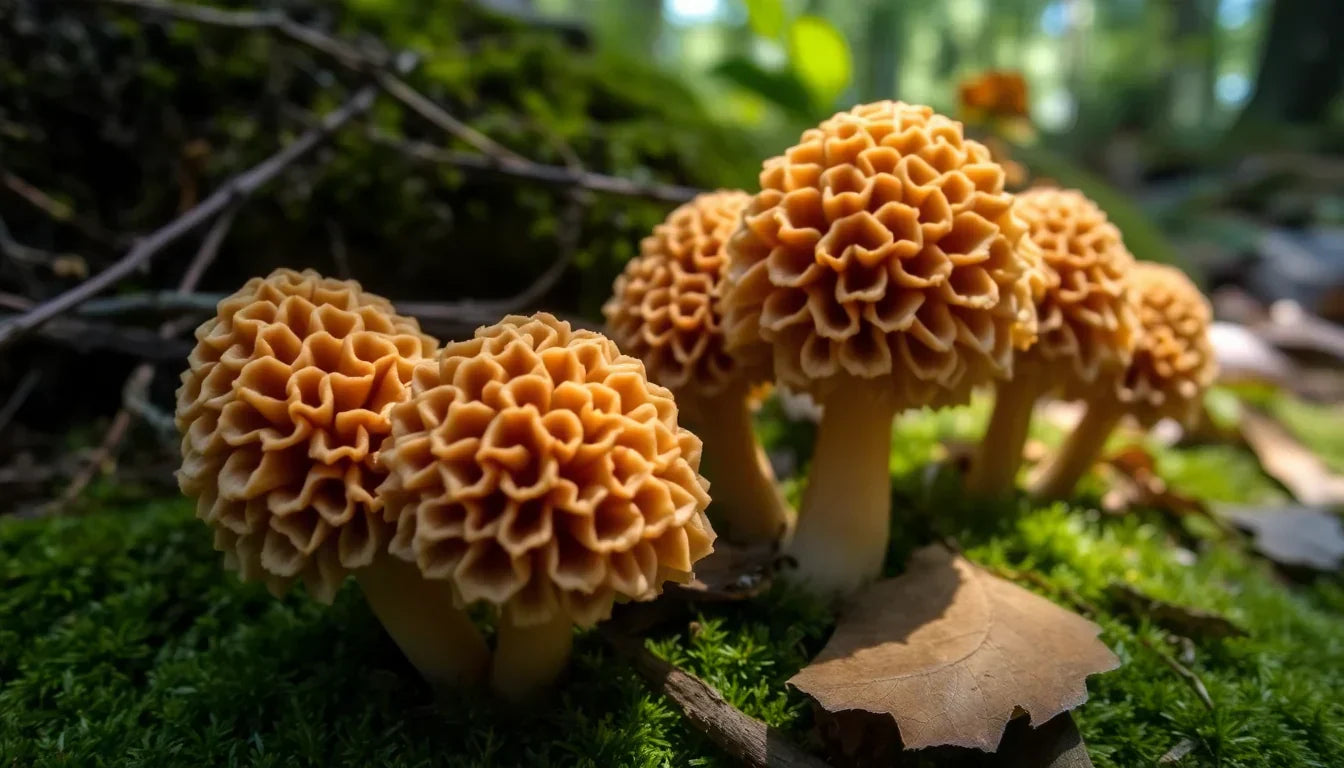
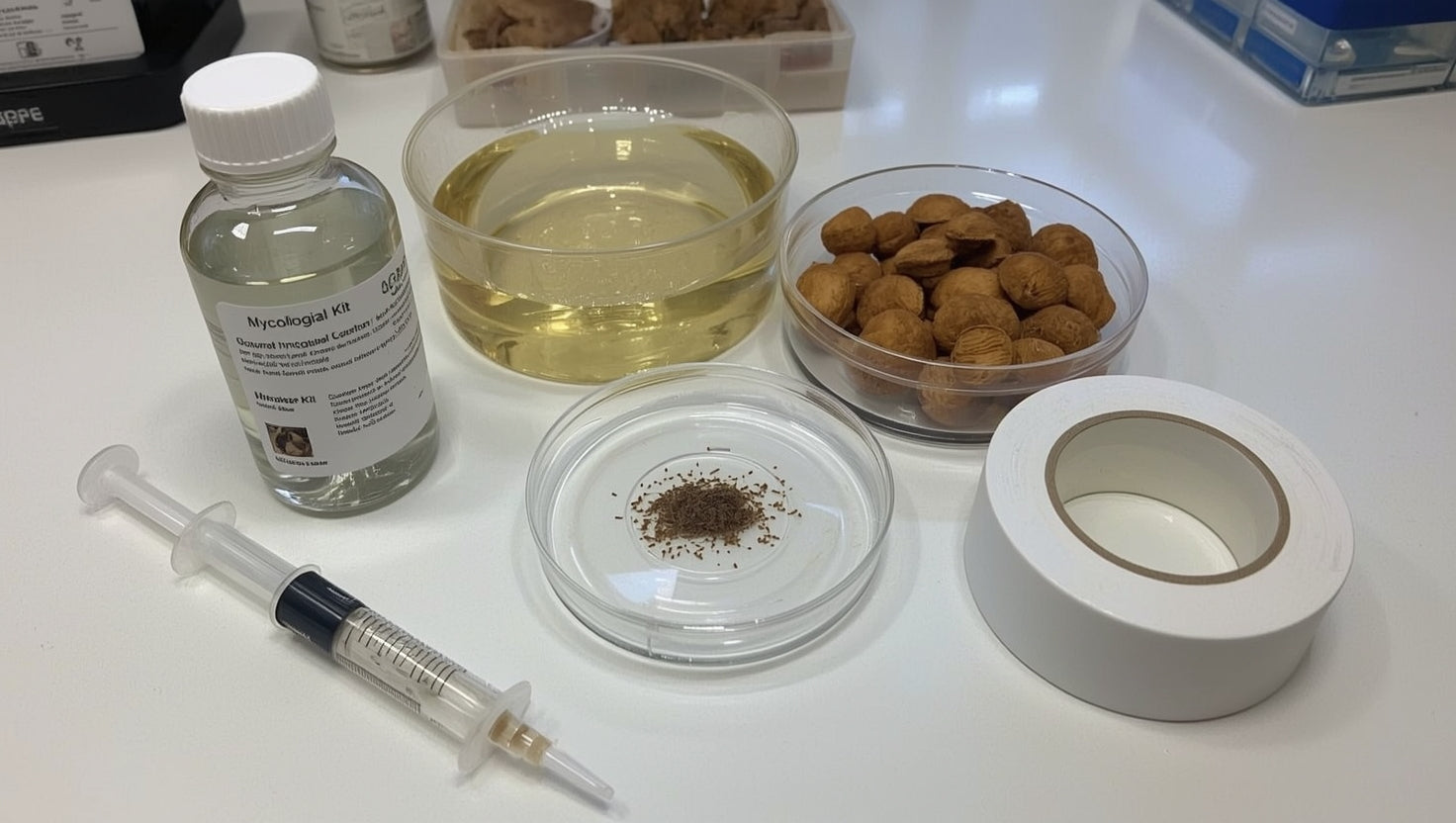
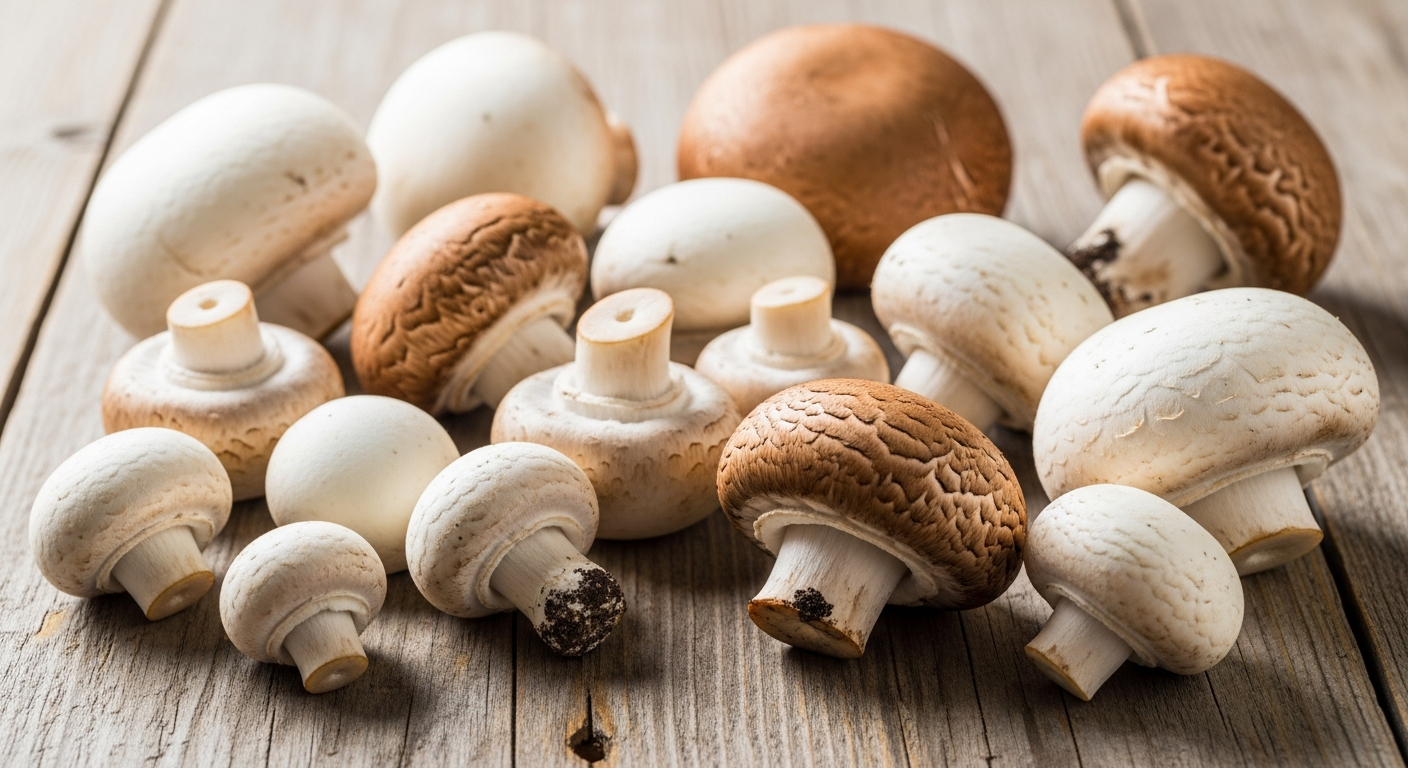
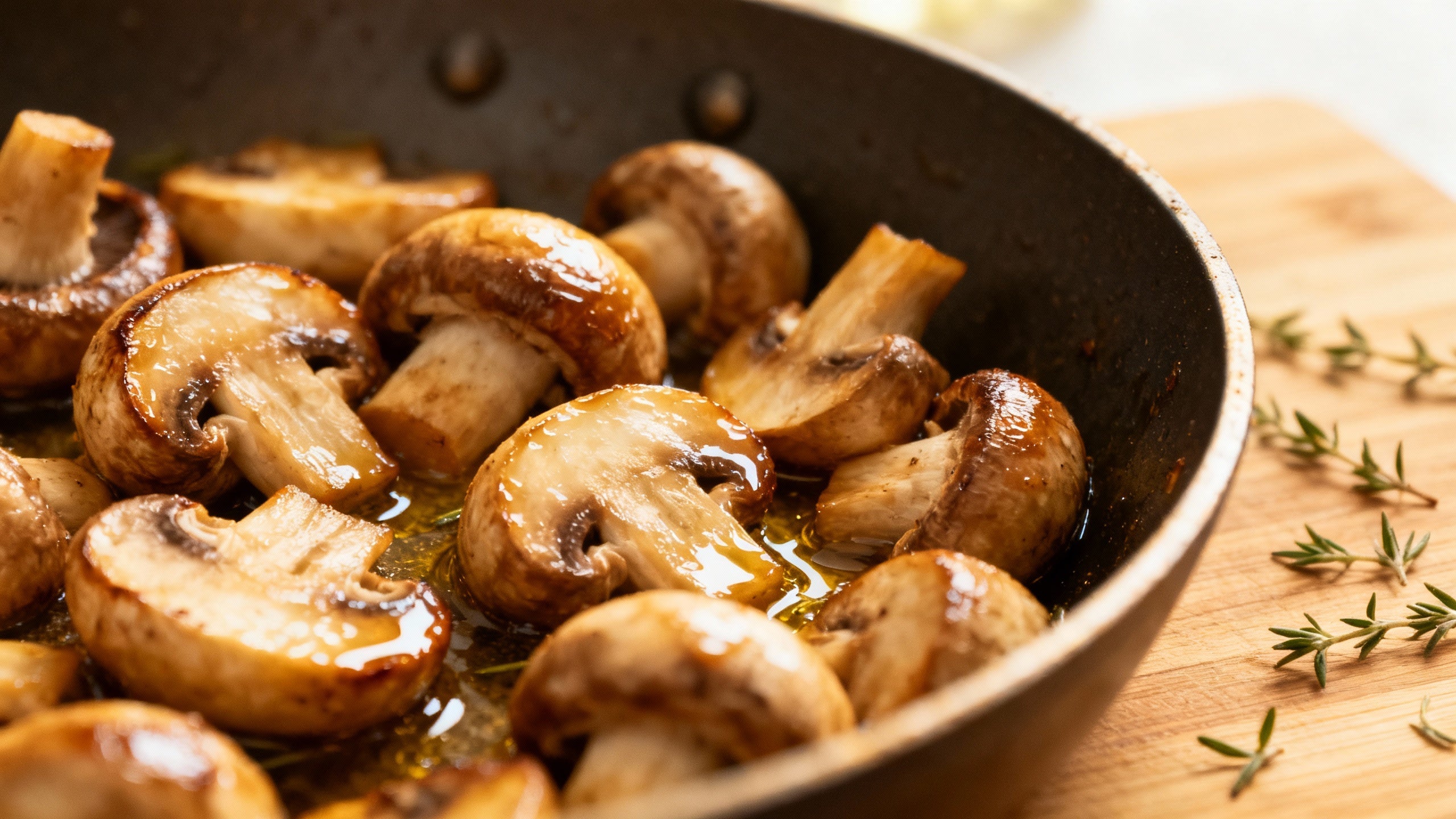
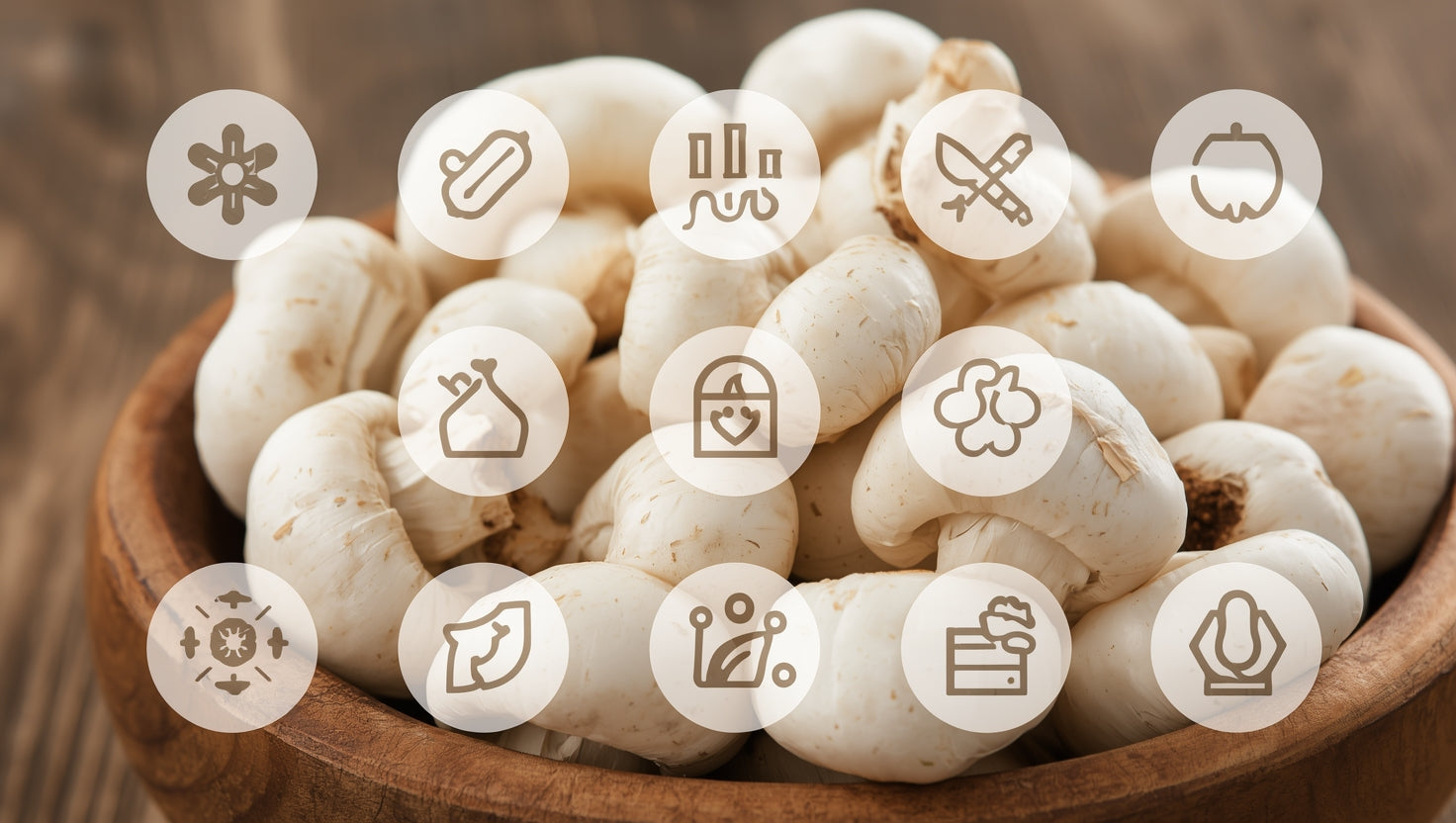
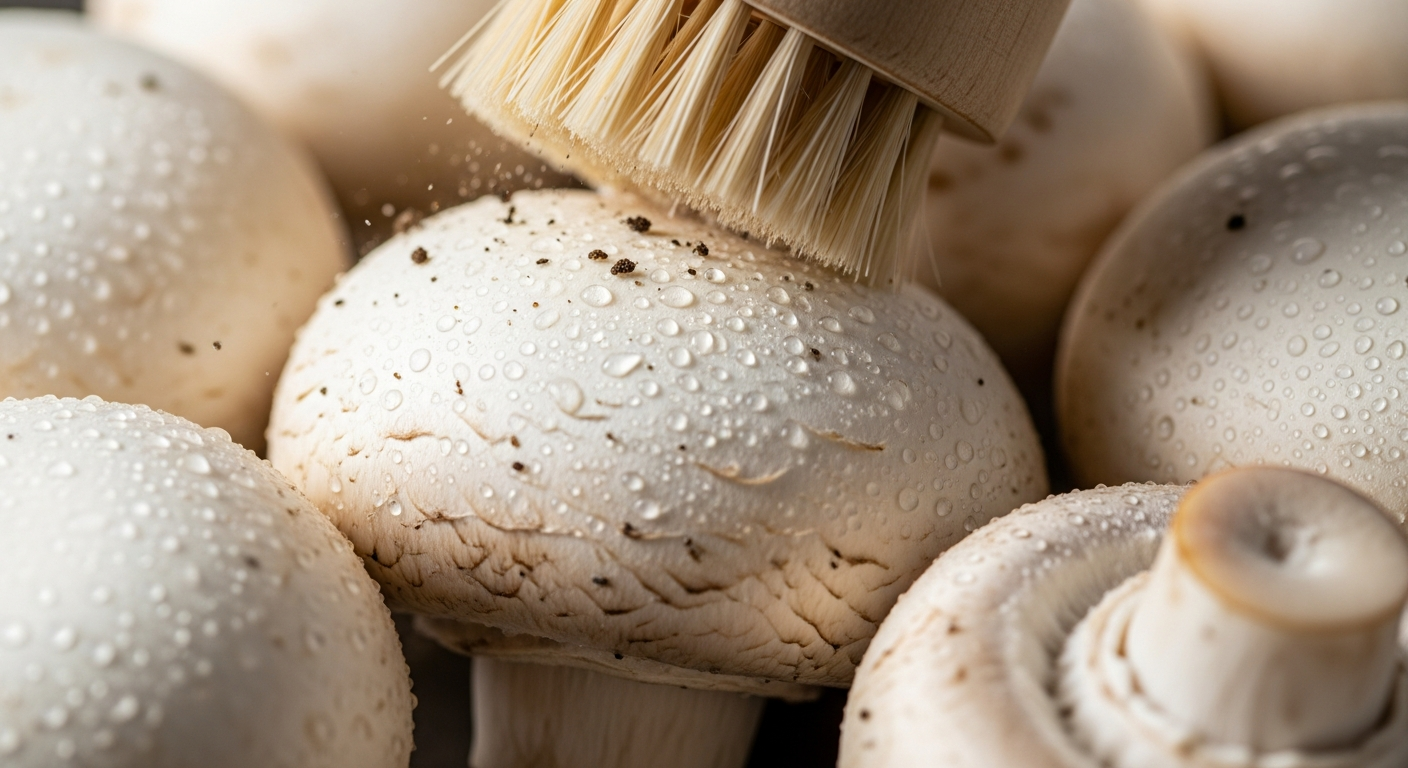
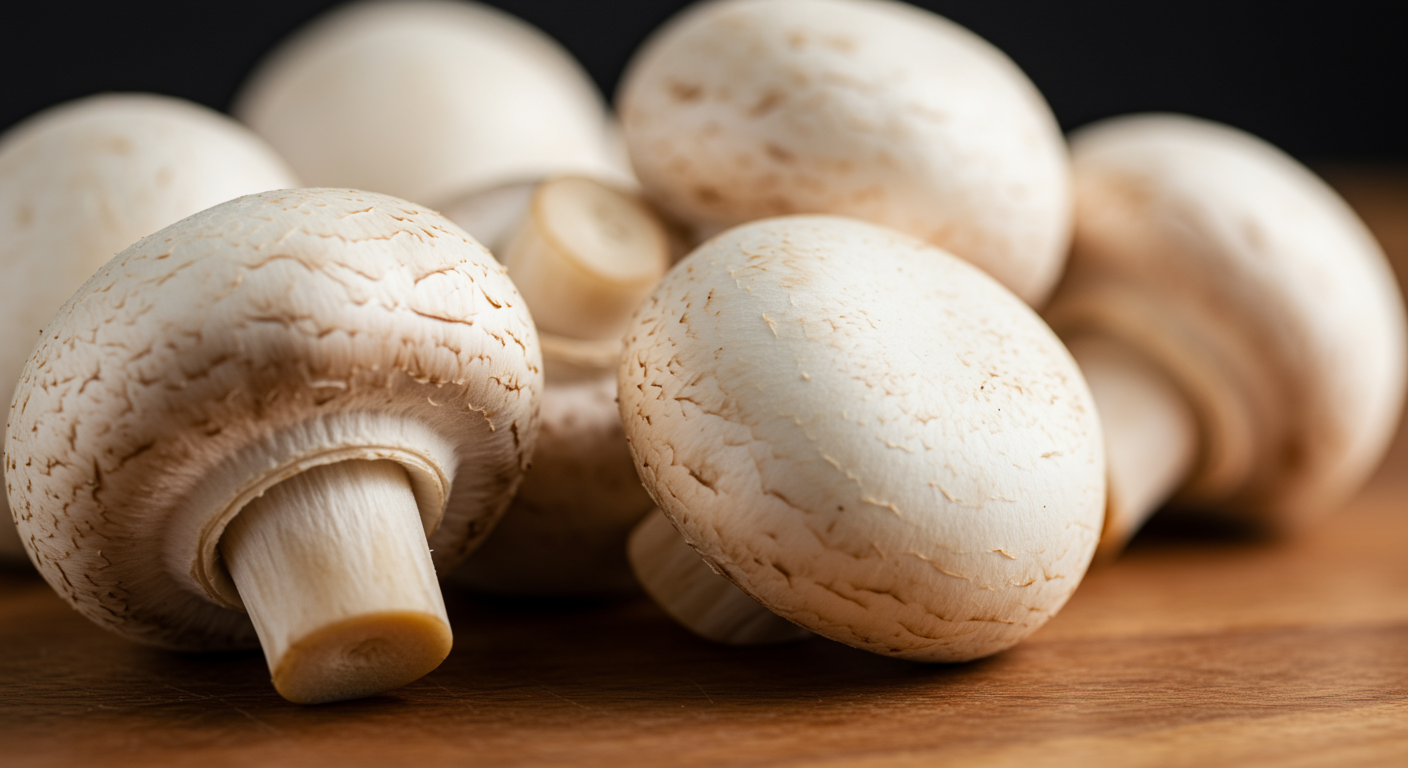

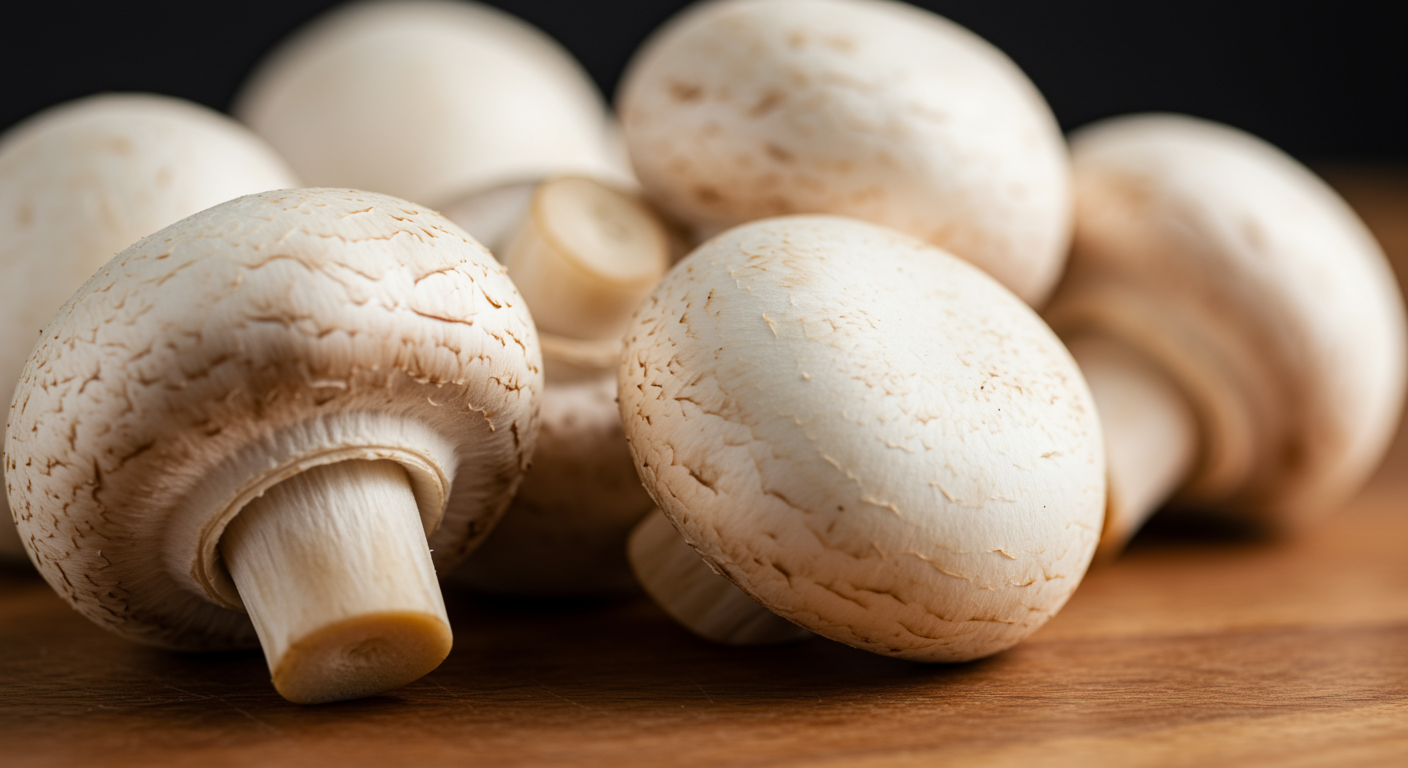
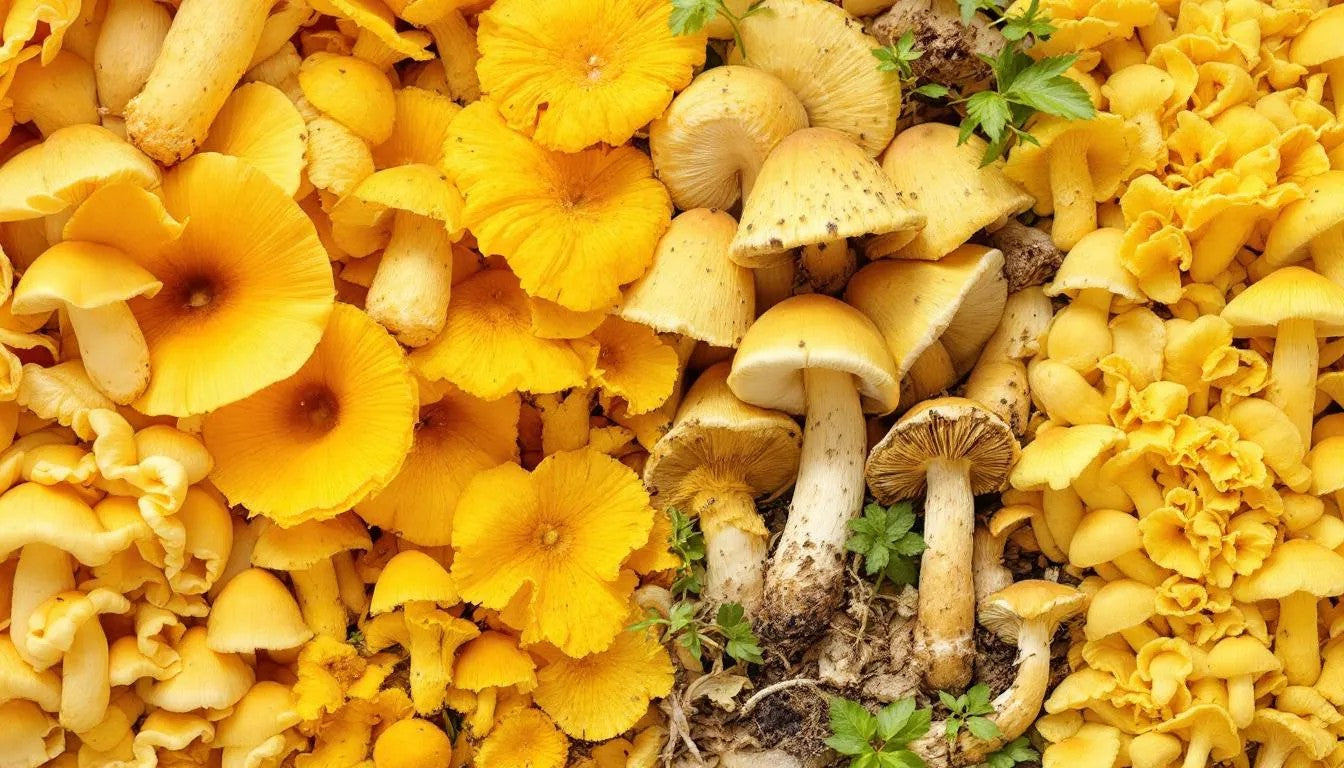
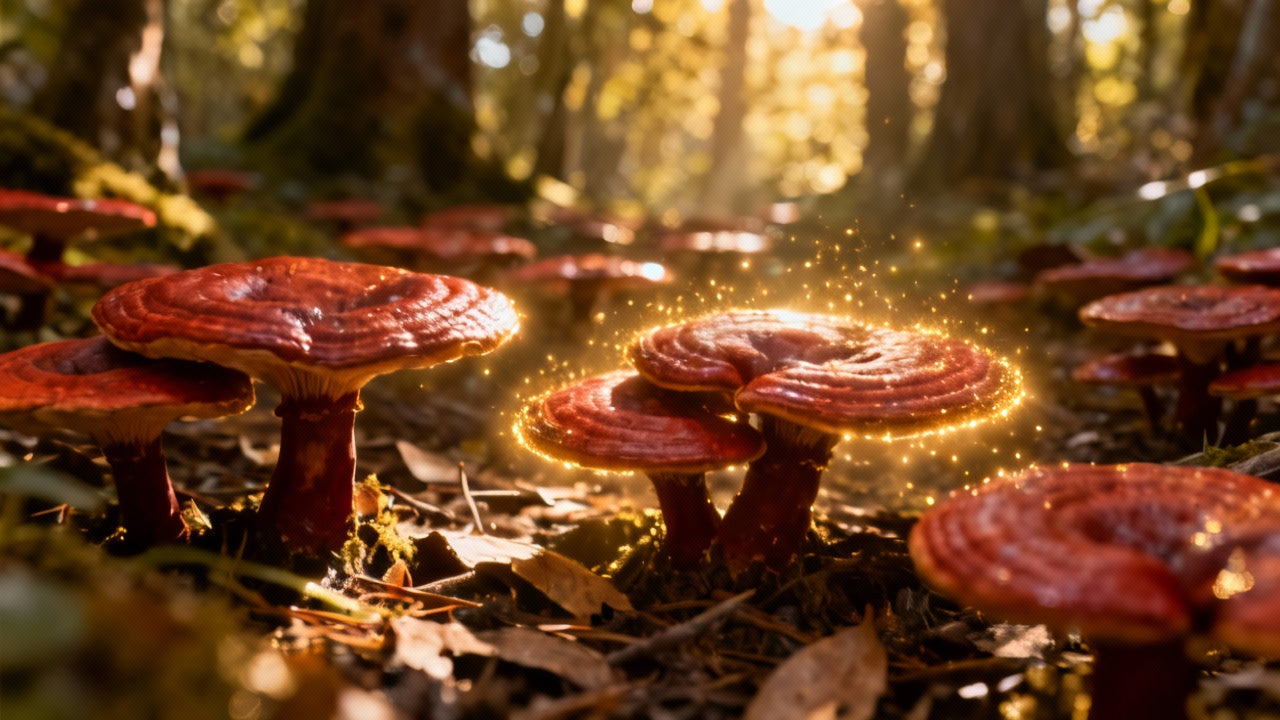
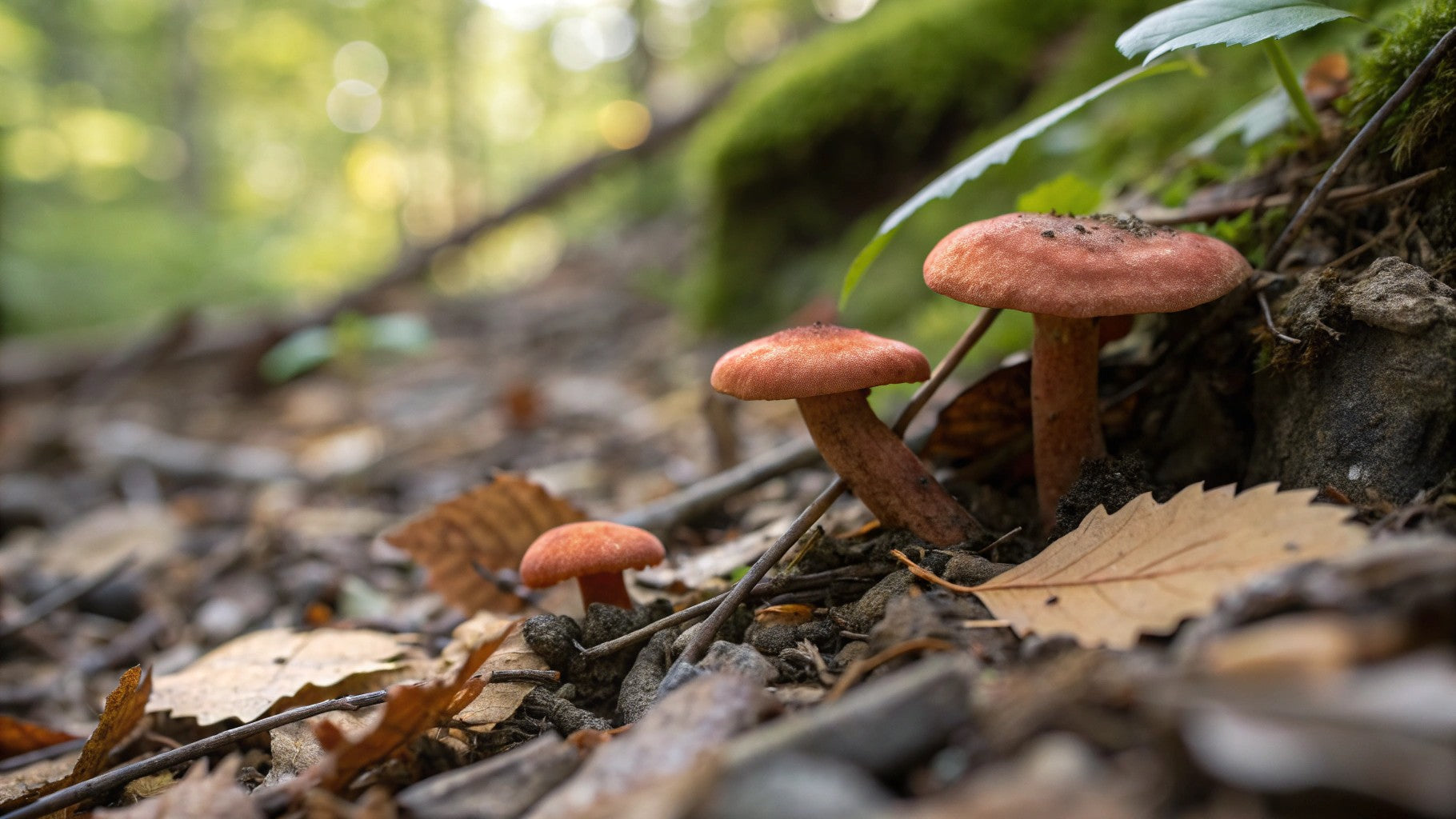
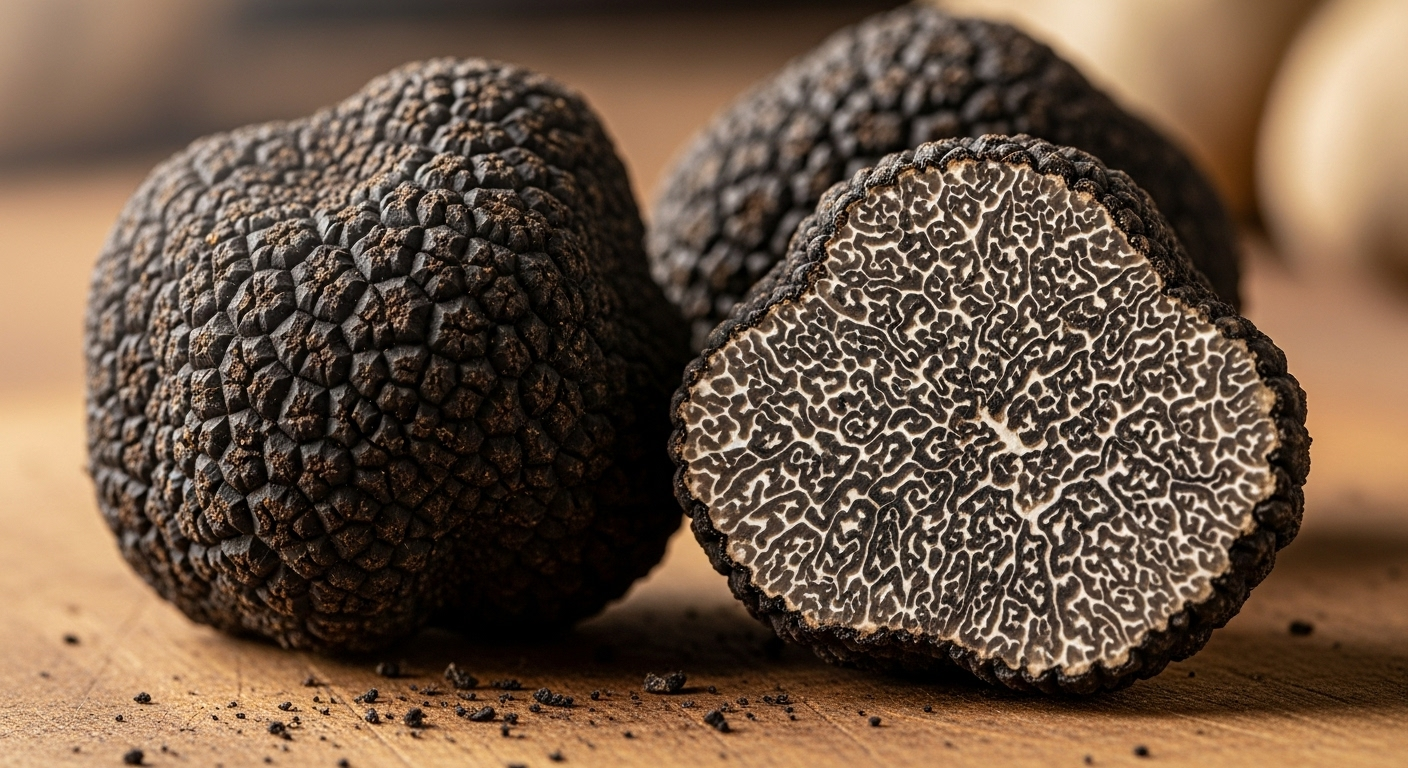
Share:
Morel Mushroom Trees: A Forager's Delight
Do Deer Eat Morel Mushrooms? Exploring Nature's Diet